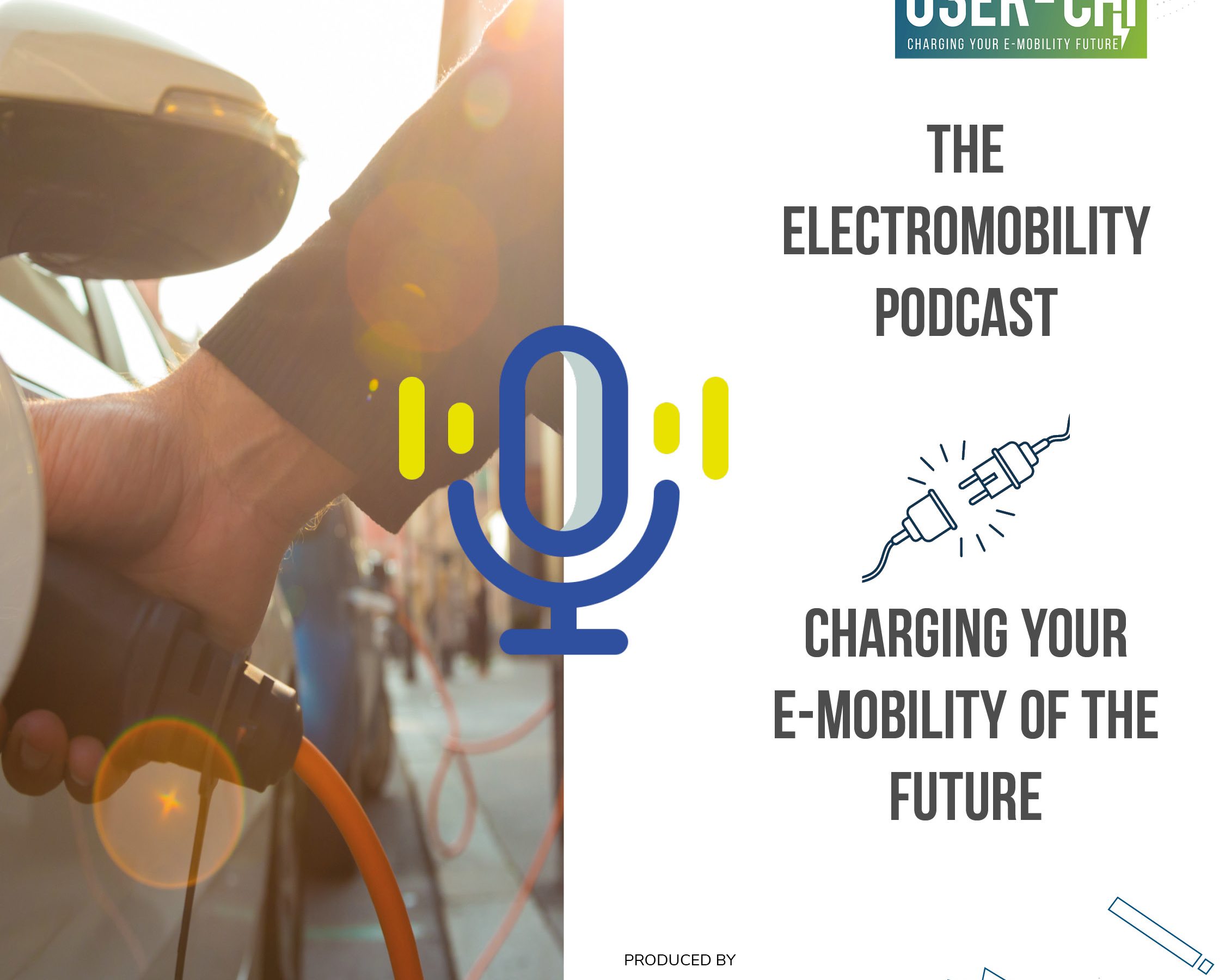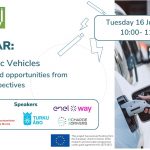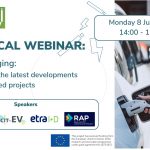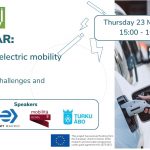Future of electromobility: USER-CHI products are right on point
The 26-29 September European Sustainable Energy Week was a great opportunity to discuss renewable energy, decarbonisation, energy efficiency and digitalisation. At the hybrid Brussels and online event, participants also discussed electromobility as a powerful tool to lower toxic emissions. Here are some highlights from the “Building blocks to electrifying mobility: now and the future” session.
The construction of well-functioning alternative fuels infrastructures – such as electric charging points – is a prerequisite in the transition to zero-emission transport. The Alternative Fuel Infrastructure Regulation (AFIR) is to be revised this autumn to ensure the availability and usability of a dense, widespread network of alternative fuels infrastructure throughout the EU, including the roll-out of electric charging infrastructure for vehicles.
The session on the future of electric mobility focussed mostly on users and consumers as one of the main actors in the carbon-free transition. Nowadays, the lack of infrastructure is still one of the main challenges for electric vehicle users, as the results of USER-CHI surveys shows. People will not opt for low-carbon vehicles unless they’ll be able to power them with ease. So, for that transformation to take hold, the uptake in clean vehicles needs to be matched by an equal increase in the number of recharging facilities and, even more importantly, in their quality. Even when charging infrastructure is there, the lack of information on the existing charging infrastructure is slowing down the transition. Sharing information on accessing charging points, booking opportunities and the existence of fast-charging facilities are essential.
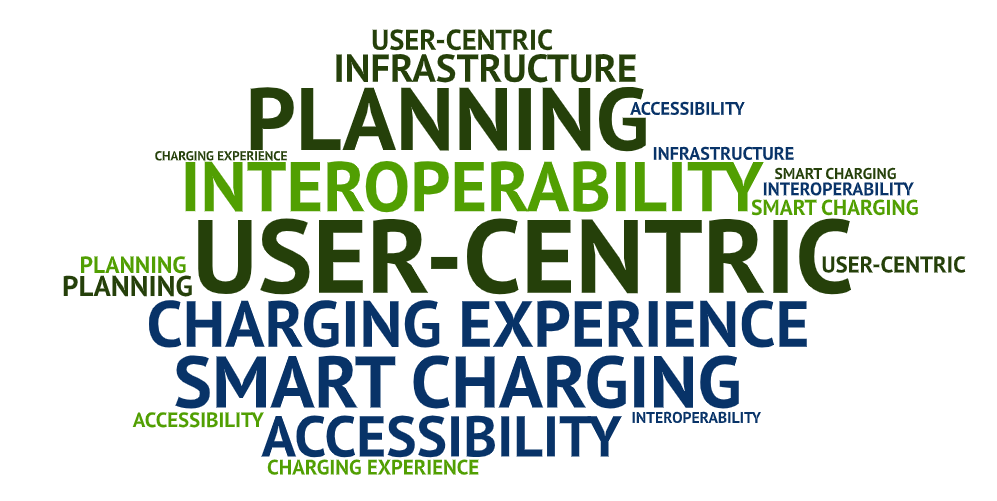
USER-CHI solutions…right on point
USER-CHI project, by focusing on users’ needs and facilitating access to charging infrastructure, is right on point with the challenges addressed by the speakers.
Interoperability across different solutions is key for user acceptance. At the same time, ad hoc payment solutions are needed to allow long-distance and inter-city trips to so that drivers do not need to own a local contract with each EMSP to charge their vehicle. That is one of the main features of the INCAR app, which together with SMAC will improve access to charging infrastructure in cities and allow smooth, interoperable, and smart charging experience to users. The possibility to check and book available charging spot is also a key asset of INCAR.

The European Commission highly supports the development of wireless charging, pointing out that one of the benefits is to diminish the visibility of charging points in public and private space. INDUCAR is fully part of the ecosystem of wireless solutions being currently developed.
As observed in the results of our survey and mentioned during the session, ergonomic and user-friendly charging stations are needed, where charging a vehicle is as easy as refuelling is now. The Stations of the Future Handbook will help design these user-centric charging stations to simplify user’s experience. In addition, planning the location of charging infrastructure is also addressed with the CLICK tool that will support local authorities to better plan and integrate charging points in their mobility plans.
Finally, the need to develop secure and safe standards was addressed to avoid the fragmentation of the market that is slowing down interoperability and transition to electric vehicles. It is essential to identify solutions that can be turned into standards and that is one of the ongoing activities in USER-CHI. See our report on contribution to standardisation here.

